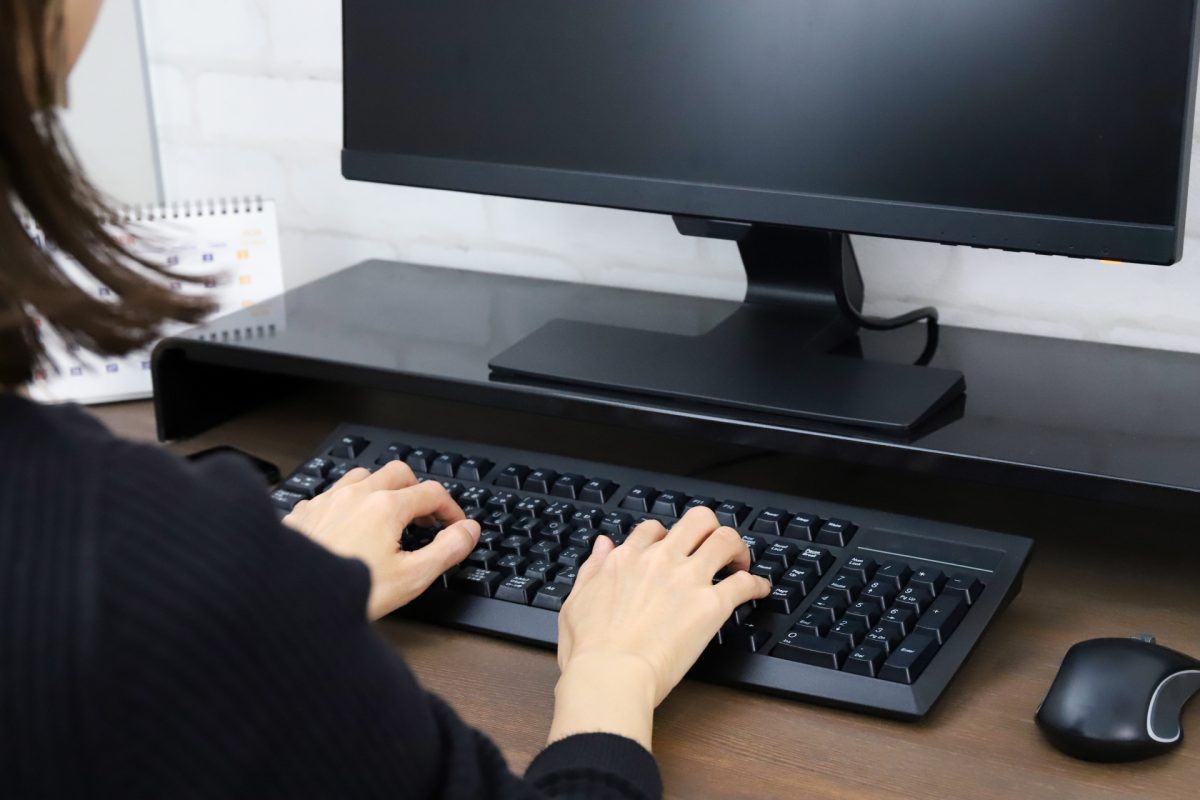
How to Save a Render in Blender for RPR Export
In this article, we will explain the basics of how to properly export and archive your final scene in Blender while using the RPR format, which can then be uploaded to Render Pool — a cloud-based render farm that can render your scenes and animations quickly and efficiently, maximizing your output and workflow while saving you time on rendering.
What to Know about Saving Blender Files in RPR Format
Your scene is complete, and you are ready to bring it to its final render. Unlike Cycles or Eevee, where rendering the final scene is done internally using the application, or a third-party standalone rendering application that can read the .blend file format, Radeon ProRender uses a special file output extension known as RPR. Though Radeon’s plugin follows Blender’s standards and can be rendered natively, the speed it renders at is wholly dependent on the workstation that it is being rendered on.
It is worth remembering that the RPR file output can be exported from Blender and rendered externally. Scenes exported in this format are meant to be used with the RprsRender64 command line tool, which can be helpful in making batch renders for animation or establishing a rendering pipeline with a render farm that has RPR compatibility.
When uploading and rendering your work to Render Pool’s cloud rendering service, ProRender’s RPR format is the recommended extension. ProRender is currently supported on Blender, as well as Autodesk Maya, 3DS Max, Cinema4D and SideFX Houdini; and Render Pool is compatible with all 3D applications that have an RPR file export feature.
Though a fairly simple process, the following steps should help new Blender users, as well as new users of the Radeon ProRender add-on, successfully render in RPR format.
Exporting from Blender
First, it is recommended to check that your output settings are to your desired specifications. In your Output Properties tab, be sure to confirm your desired resolution settings and frame dimensions, as well as your start and end frame (when animating). Finally, check to confirm the render camera in the Scene Properties tab to make sure ProRender knows which camera to view the scene from.
Once you are satisfied with your settings, locate the Export sub-menu in the File dropdown menu. The Radeon ProRender (.rpr) file extension should appear if your render settings have ProRender as the active renderer. Once selected, a file pop-up window should appear allowing you to select the file path location along with the following options:
- Export as Animation (This allows you to choose your start and end frame position if you wish to render out animations.)
- Export as Single File
- Level Selection of Compression
To export the scene as one file, select the Export as Single File check box. With this option enabled, AMD Radeon ProRender creates one RPR file for an exported scene, along with a set of RPR files for an exported sequence (one file per frame). If this checkbox isn’t highlighted, ProRender will create additional buffer files called RPRSB files.
While RPR files are usually regarding the geometry data per frame, RPRSB files refer to texture, geometry, and material cache files that exceed 1 MB. If you are not animating, it is recommended to select Single File Export to avoid exporting RPR and RPRSB as separate files.
Once you are satisfied with your setting, select the RPR button highlighted in blue at the bottom right-hand corner of the window and the export will then begin.
If you are using imported external files such as Alembic or FBX formatted files, there is usually a path that tells Blender where to look for those files. If the external file(s) are moved, the file that references them may not look right. Be sure to set their file paths to relative in the Object Properties tab. This will ensure that no data is lost or corrupted during the export.
Once the export is complete, check the exported file path. Depending on whether or not you are planning to animate the scene, there may be a single file or multiple files inside. Check the number of frames to see if they correspond with the amount of RPR files that have been exported to the file location you designated.
Once your export is complete, archive the RPR file (and if necessary, RPRSB files) into a single .zip folder using an archiver such as WinRAR or 7-Zip, so that all the necessary information is consolidated for Render Pool to read.
That is all you need to do to prepare your work to be uploaded and rendered in Render Pool. All that’s left is to upload your archived zip file to your account and let Render Pool do the rest.
Sampling Rate in Render Pool
Another concern for final renders is the Sample settings, which are the main determining factor of image quality. Usually, when rendering natively in Blender, the sample rate has to be designated before the rendering process begins using the Viewport and Render sample settings found in the Render Properties tab. However, after you have completed exporting your file, sample settings are something that Render Pool is capable of setting independently and does not need to be set up in Blender’s Render Properties tab.
When setting your file to begin rendering using Render Pool’s service, the sample rate can be changed prior to pressing Start Render.
Happy Rendering!